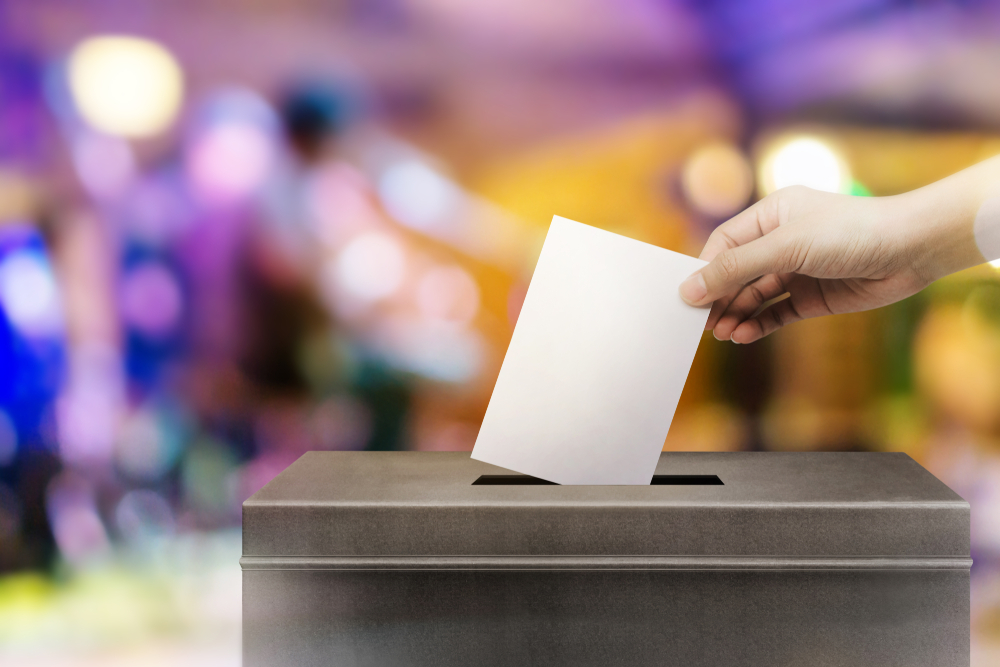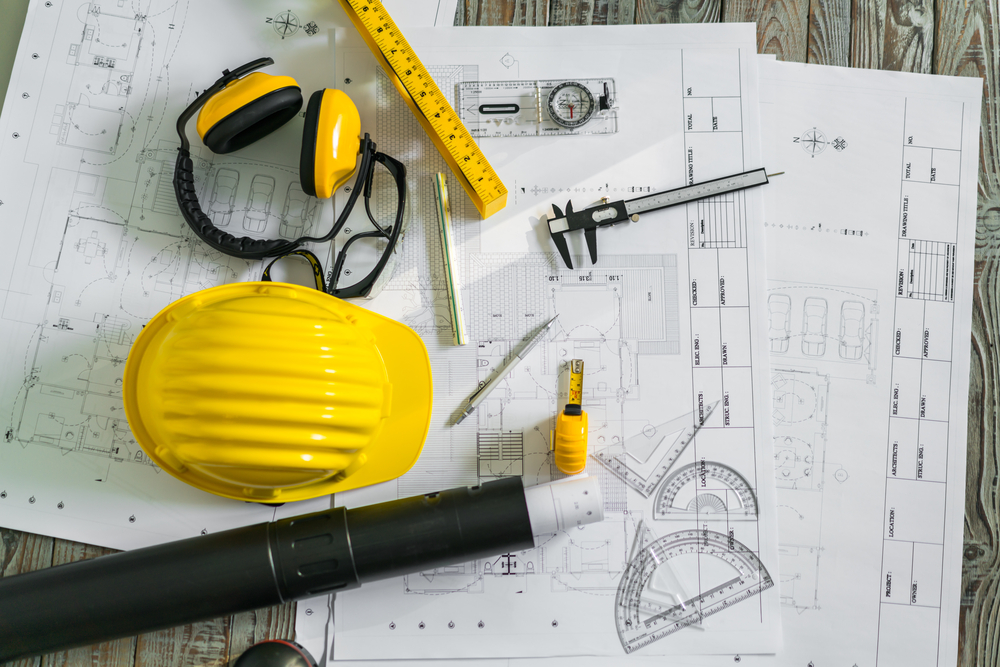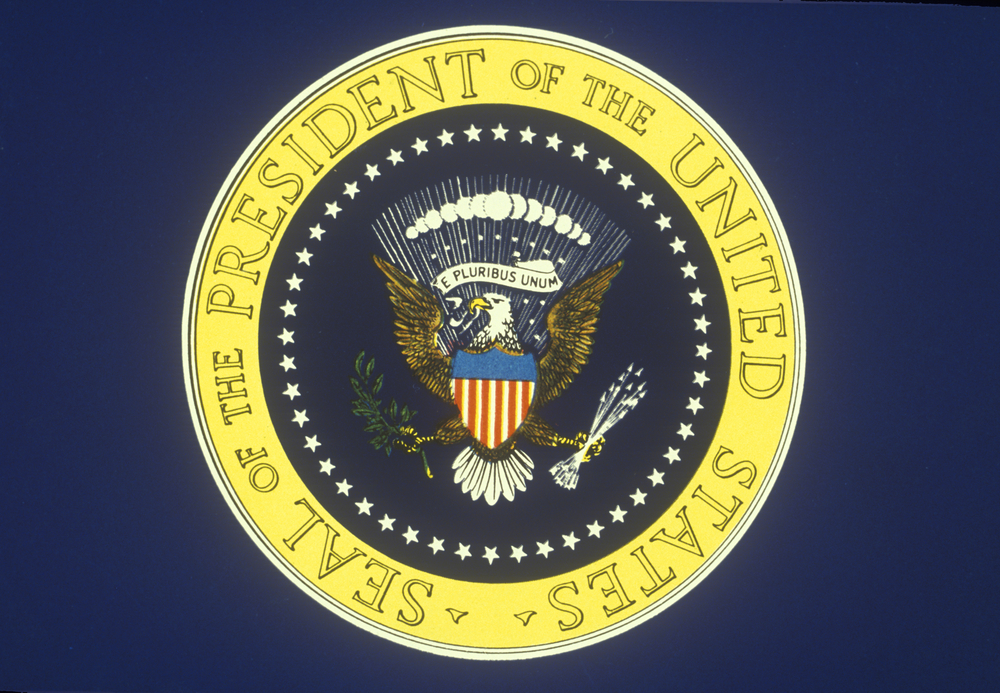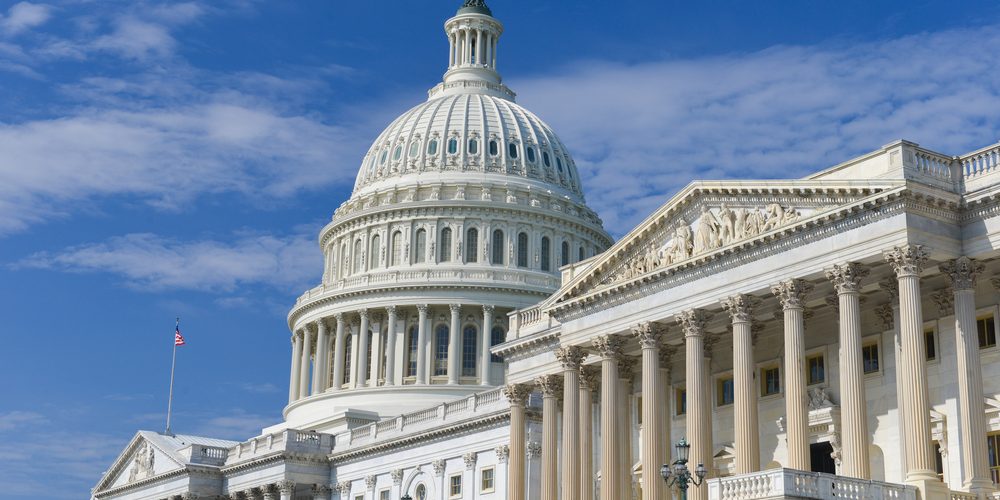Many experts, after analyzing recent 2018 election polling data, have found that it’s becoming more likely that Democrats could win control over the House of Representatives and possibly the Senate after November’s election. They believe it could result in changes to key policies related to the healthcare system and immigration in the United States.
Most also agree that if Democrats take over either the House, Senate, or both, it could lead to more investigations of the Trump administration, which will almost certainly generate heightened partisan political rancor. This will make it less likely that Democrats and Republicans will be able to come to agreement on which, if any, legislative challenges to take on.

One of the key issues missing from the coverage of the midterms is the likelihood that one of the top priorities a Democratic or divided Congress will likely address early next year is funding badly-needed infrastructure improvements across the United States. Infrastructure doesn’t generate news coverage in the same way that hot button issues like health care, immigration, or investigations do.
Funding infrastructure is one thing Democrats, Republicans, and the Trump administration might be able to agree on, whether Congress is divided or held by a single party. However, even though both parties see the value of improving infrastructure, they differ on how to go about paying for it.
In this article, we’ll examine how the upcoming election could impact spending on bridges, roads, and other infrastructure in 2019 and beyond.
The possibilities
Recent Gallup polls show that most Americans (between 64 and 75 percent, depending on the study) support the government funding of improvements to the nation’s infrastructure. These numbers are remarkable at a time when people across the U.S. agree on very little. This issue is popular because people everywhere are affected by damaged roads, detours caused by road closings, limited access to bridges, dangerous water supplies, and a lack of affordable and dependable broadband.

Many Democratic leaders have expressed interest in tackling these issues. They’re priorities for the Trump administration and moderate Republicans as well.
Republicans recently released a draft of a bill calling for trillions of dollars to be spent on infrastructure projects with national significance, especially those related to transit improvements. This bill, much like the infrastructure proposal offered by the Trump administration last year, isn’t expected to go anywhere prior to this year’s election. Conservative Republicans are against spending money on these types of projects.
However, because of the popular interest in infrastructure, Democrats believe this could be a sensible first issue to take on early next year, should they take control of Congress. They’re prioritizing it over hot button topics like health care and immigration. It could be a way to build bonds with the Republican president and moderate Republicans.
It could also increase credibility with American citizens who have a low opinion of members of Congress and politicians in general. Democrats view spending money on infrastructure as a way to improve people’s everyday lives while growing the economy and creating jobs for architects, engineers, contractors, construction workers, inspectors, and more. The benefits and jobs would be distributed across the country in urban, suburban, and rural areas.
The barriers
The extraordinary public support for improving bridges, roads, and other infrastructure makes it seem that funding projects should be a sure thing. However, deep partisanship, differing viewpoints, and political maneuvering may prevent it from happening.
Recent attempts to jumpstart infrastructure projects have stalled, even in a government controlled by Republicans. As for the future, some Democrats fear that being seen as working too closely with the Trump administration and their Republicans counterparts may send the wrong message to their base.
As outlined above, current Republican and Democratic infrastructure proposals focus on similar priorities. They simply differ on how to pay for them.
The progressive proposal
The Congressional Progressive Caucus, made up of Democrats who lean left, wants the federal government to invest $2 trillion on infrastructure projects, the majority being spent on roads, bridges, and pipelines. A relatively small amount — $100 billion — would go toward expanding rural broadband access.
Most of the dollars for this proposal would come from increases to the federal gas tax, but there is disagreement over how much to raise it. Increases would impact people who live in auto-dependent areas more significantly than those who live in urban areas that have more public transit options available. It could also affect the prices of commercial goods transported by gas-fueled trucks.
As it currently stands, federal transportation infrastructure in the United States is financed primarily by a gas tax that was set at 18.4 cents per gallon back in 1993. It has not changed since. A quarter century of inflation has significantly cut into per capita spend on transportation infrastructure. Many progressive Democrats believe that it’s time to address this discrepancy by increasing the tax.
Those who disagree with with a large gas tax increase recommend a more balanced approach. They propose raising a range of transportation-related taxes — and adding some new ones — to avoid having automobile drivers be more heavily affected than others. This includes adding 15 cents per gallon to the gasoline tax and 20 cents per gallon to the diesel tax, plus adding taxes to a range of transportation-related items like bike tires and electric car batteries.
While most Democrats support this proposal and the Trump administration has recommended similar tax increases to fund road and bridge infrastructure in the past, conservative Republicans disagree with the broad concept of tax increases and implementing new taxes.
The president’s proposal

The Trump administration’s infrastructure recommendation called for money from the federal budget to be used to fund grants that initiate infrastructure projects. The projects would then be mostly funded from public private partnerships and large contributions from states and local municipalities. That proposal had little energy despite the focus the president put on infrastructure during his 2016 campaign.
The plan would have shifted the 80-20 federal-state split currently used to fund roads and bridges toward the states. Many believe it would flip the ratio to 20-80 federal-state, which could force states and local municipalities to dramatically increase taxes. This proposal would more significantly impact densely populated states with higher roads and bridge density, such as New York, California, and New Jersey.
With a presidential election just two years away, anything that could negatively affect the taxes and everyday finances of voters will be carefully considered.
Comparing these two proposals shows how far apart progressive and conservative proposals — and mindsets — currently are and why it may be impossible to move ahead with repairing bridges, roads, and other infrastructure even though it’s an issue that’s popular with voters.
The reality
What happens next is completely dependent on the results of November’s election.
- If Democrats take control over both houses of Congress, with progressive candidates outperforming, it’s likely that some variation of the progressive infrastructure plan will be passed and sent to the President for his signature.
- If moderate Democrats win at the polls, it’s likely that they will come up with a new infrastructure plan that could incorporate some tax increases and alternative funding sources like public private partnerships.
- If Congress is divided, partisanship will make it unlikely that infrastructure will be addressed prior to the 2020 election.
- If Republicans maintain control, the Trump infrastructure proposal or the one put forth by Congressional Republicans may be revisited. If the past is indicative of what could happen in the future, it seems unlikely that either would move forward.
What can you do? It will be important to keep up with the news after the election, especially if Democrats win control of Congress. If they decide to push through funding for bridges, roads, and other infrastructure, it could be a boon to architects, engineers, and bridge contractors in 2019 and beyond.

